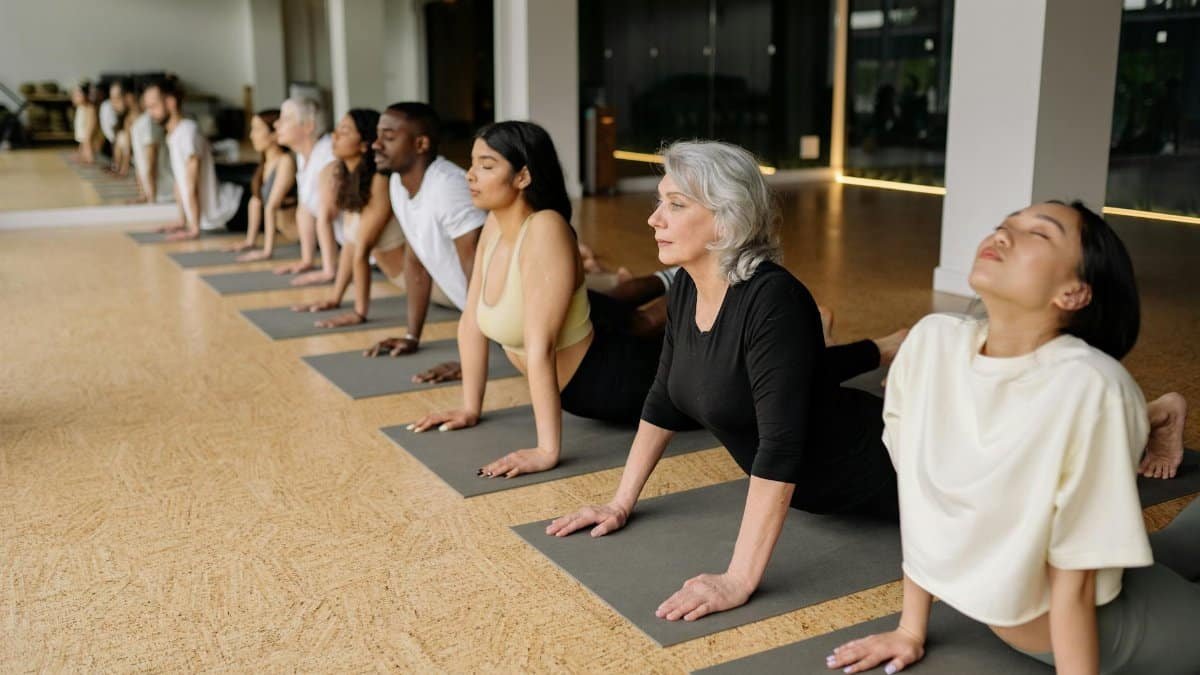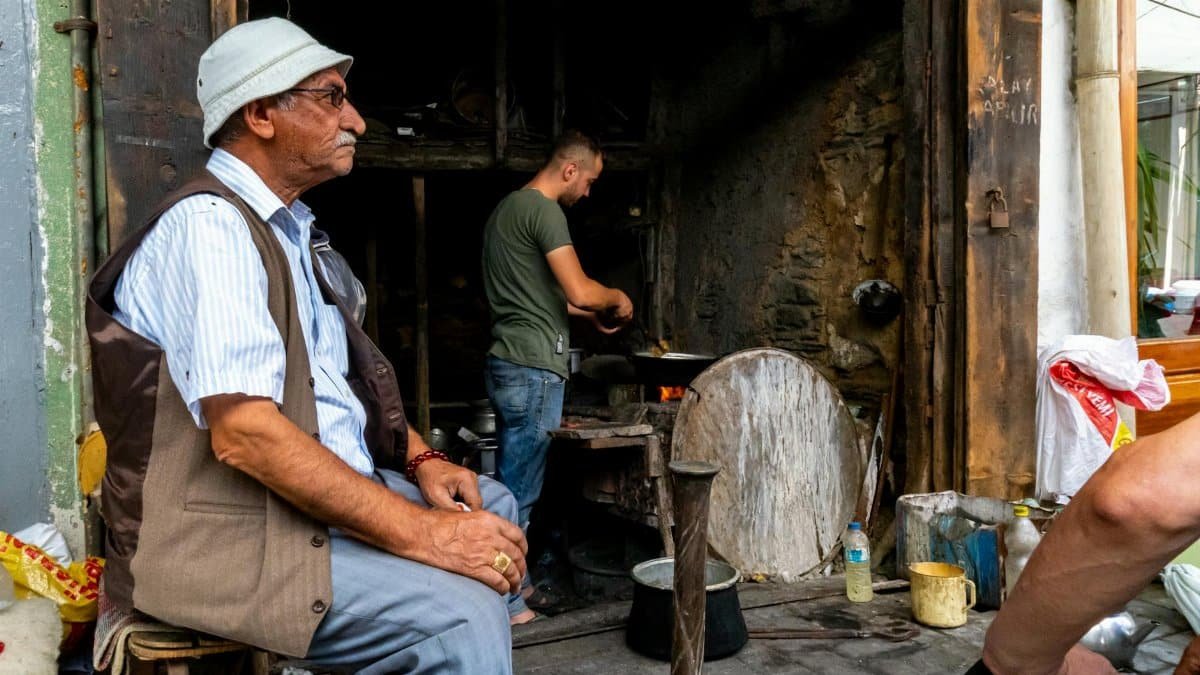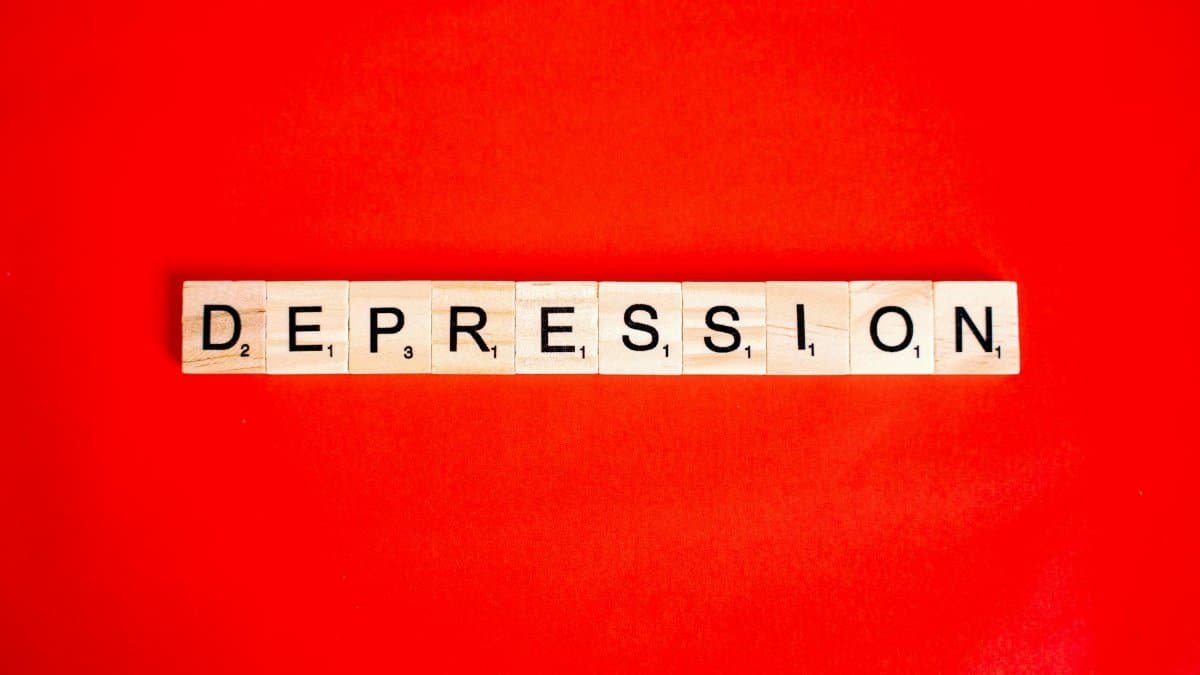In a world that prizes constant self-improvement, what happens when acceptance becomes the real path to healing? It’s a question that challenges the relentless drive for perfection many Americans chase, from packed yoga studios in Brooklyn to wellness retreats in California. At its core, acceptance healing isn’t about resignation; it’s a deliberate embrace of one’s flaws, traumas, and unchangeable realities. This approach has gained traction amid rising mental health conversations, offering a counterpoint to the fix-it-all mindset. Recent surveys show more people turning to practices like mindful movement to foster this inner peace. Yet, ignoring the acceptance we need most often stems from deep-seated fears of vulnerability. As we explore this, it becomes clear: true healing might start with simply letting go.
The Hidden Roots of Resistance

Resistance to acceptance often hides in plain sight, masquerading as ambition or self-discipline. Consider a busy executive in Chicago, juggling deadlines and family demands, who dismisses the idea of accepting her exhaustion as “giving up.” This mindset isn’t rare; it’s woven into the fabric of American culture, where productivity is king. But delving deeper reveals how early experiences shape this aversion. Childhood messages about striving harder can linger, making acceptance feel like defeat.
Psychologists point to cognitive dissonance as a key player here. When reality clashes with our idealized self-image, discomfort arises, prompting avoidance. A study from the American Psychological Association highlights how this internal conflict contributes to chronic stress, affecting nearly 40% of adults.American Psychological Association on Stress delves into these patterns, showing links to broader health issues.
Shifting perspectives requires unpacking these roots. One anonymized account from an online discussion captured it vividly: a participant described feeling “trapped in a cycle of self-criticism until acceptance broke the loop, like sunlight piercing fog.” Such stories illustrate the quiet power of confronting resistance head-on, transforming it from a barrier into a bridge.
Acceptance as a Physical Practice

Within the realm of yoga and movement, acceptance healing takes on a tangible form. It’s not abstract philosophy; it’s felt in the stretch of a downward dog or the steady rhythm of a walking meditation. Practitioners often describe moments where the body reveals truths the mind ignores, like persistent tension in the shoulders signaling unaddressed grief.
This integration draws from ancient traditions, adapted for modern life. In studios across the U.S., instructors emphasize poses that encourage surrender rather than force. A gentle child’s pose, for instance, invites participants to accept their limits without judgment. Research supports this: a 2021 review in the Journal of Alternative and Complementary Medicine found that mindfulness-based movement practices reduce anxiety by promoting self-acceptance.Journal of Alternative and Complementary Medicine offers access to such studies, underscoring the physiological benefits.
Yet, the practice isn’t always serene. Some encounter frustration when a pose eludes them, mirroring life’s unyielding aspects. Here, acceptance healing shines, teaching that progress lies in presence, not perfection. One teacher in Seattle shared how guiding students through breathwork helped them release the need for control, fostering a deeper connection to their bodies.
The Emotional Layers We Overlook

Emotions don’t always announce themselves loudly; sometimes they whisper, buried under layers of denial. Acceptance healing peels back these strata, revealing feelings long ignored. Think of the quiet resentment that builds in relationships, or the subtle shame tied to past failures. Ignoring them doesn’t erase them; it amplifies their hold.
This process demands vulnerability, a trait many find daunting in a society that rewards stoicism. Yet, therapists note a surge in clients seeking tools for emotional acceptance, especially post-pandemic. Data from the National Institute of Mental Health indicates that acceptance-based therapies have shown promise in treating depression, with participants reporting sustained improvements.NIMH on Depression provides detailed insights into these approaches.
Illustrating this, imagine a middle-aged father reflecting on lost opportunities. Through guided journaling—a simple acceptance exercise—he confronts regret without self-blame. Such narratives highlight how emotional acceptance fosters resilience, turning overlooked pain into a source of strength.
Barriers in Everyday Life

Daily routines often erect invisible walls against acceptance. The pressure to curate a flawless online persona, for one, fuels comparison and self-doubt. In 2025, with social media’s grip tighter than ever, many Americans grapple with this digital distortion, ignoring the acceptance their authentic selves crave.
Cultural norms compound the issue. Workaholic tendencies in corporate America discourage pausing for self-reflection, viewing it as inefficiency. A Pew Research Center report on work-life balance reveals that over half of U.S. workers feel overwhelmed, yet few prioritize acceptance practices.Pew Research on Work-Life Balance breaks down these trends, linking them to rising burnout rates.
Overcoming these barriers starts small. Simple acts, like acknowledging a bad day without spiraling, build momentum. One woman’s story stands out: after years of ignoring chronic fatigue, she embraced acceptance through adaptive yoga, reshaping her routine and reclaiming joy.
Healing Through Community

Isolation amplifies the struggle for acceptance, but community offers a mirror and a safety net. Group yoga sessions or movement workshops create spaces where participants witness others’ journeys, normalizing their own imperfections. In cities like Austin, these gatherings have multiplied, drawing diverse crowds seeking collective healing.
The power lies in shared vulnerability. When one person voices a fear, it often resonates, dissolving isolation. Studies from Harvard’s Grant Study on adult development emphasize social connections’ role in well-being, with acceptance flourishing in supportive environments.Harvard Grant Study tracks these long-term effects, showing stronger ties to happiness.
Yet, community isn’t without challenges. Judgment can creep in, testing resolve. Navigating this requires intentional spaces, like those fostering non-competitive movement, where acceptance becomes a group endeavor rather than a solo battle.
The Science of Letting Go

Science increasingly validates acceptance healing, moving it beyond feel-good rhetoric. Neuroimaging research shows that acceptance practices alter brain activity, reducing amygdala responses to stress. This isn’t mere theory; it’s measurable change.
A landmark study from the University of California, Berkeley, found that acceptance-focused interventions improve emotional regulation, with effects lasting months.Greater Good Science Center at UC Berkeley compiles such findings, highlighting mindfulness’s role in healing.
Critics argue it’s oversimplified, but evidence mounts. In movement therapies, combining acceptance with physical activity enhances outcomes for conditions like PTSD. This blend of body and mind underscores why ignoring acceptance shortchanges our potential for genuine recovery.
Transformative Stories That Inspire

Stories bring acceptance healing to life, far more than abstracts. Take the veteran in Denver who, after years of suppressing trauma, found solace in adaptive tai chi. “It wasn’t about erasing the pain,” he reflected, “but holding it gently.” His shift from resistance to embrace rippled into better relationships and renewed purpose.
Such transformations aren’t outliers. Across the U.S., people report breakthroughs in wellness circles. One online forum participant anonymously shared: “Accepting my body’s changes after illness felt like freedom, not failure.” These accounts, grounded in real experiences, illustrate the keyword’s profound impact.
They also reveal patterns: acceptance often arrives unbidden, during a quiet walk or a yoga flow, sparking lasting change. In 2025, as mental health awareness grows, these narratives encourage others to stop ignoring their deepest needs.
Steps Toward Lasting Acceptance

Building acceptance isn’t a one-time event; it’s a series of deliberate choices. Start with awareness: notice when judgment arises during movement, then redirect with compassion. Incorporate breathwork into routines, using it as an anchor.
Experiment with variety. Alternate yoga with dance or hiking to keep the practice fresh, preventing stagnation. Resources from the Mayo Clinic advocate for gradual integration, noting improved adherence.Mayo Clinic on Mindfulness Exercises offers practical guides.
Remember, setbacks are part of it. When old habits resurface, treat them as teachers. This iterative approach ensures acceptance healing becomes a sustainable force, guiding us toward the wholeness we often overlook.
